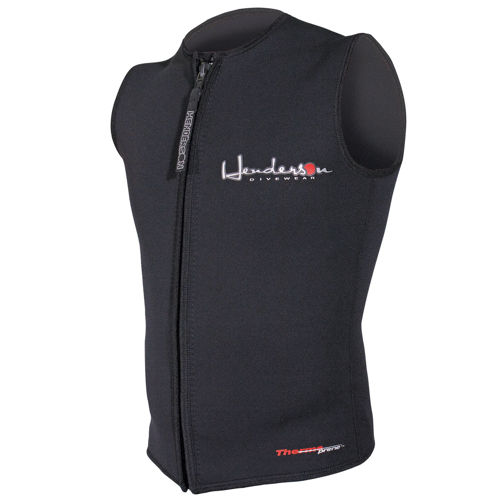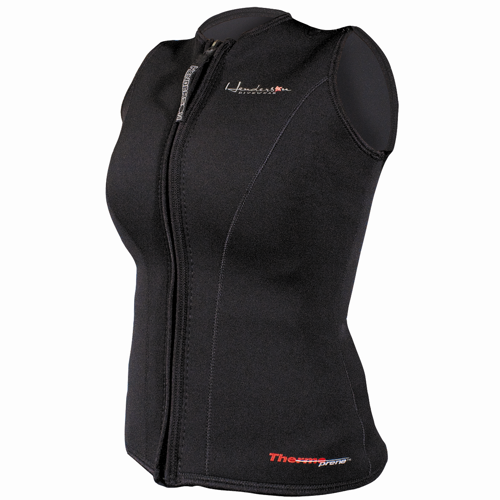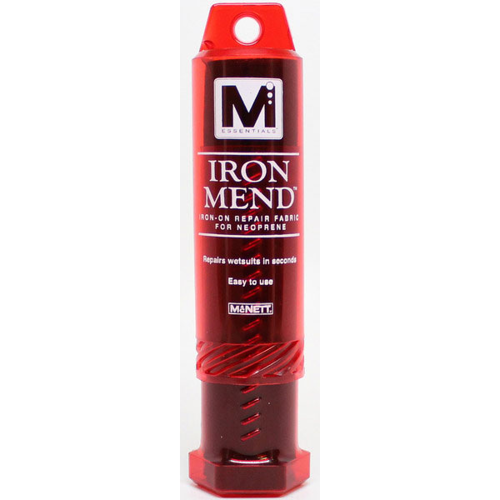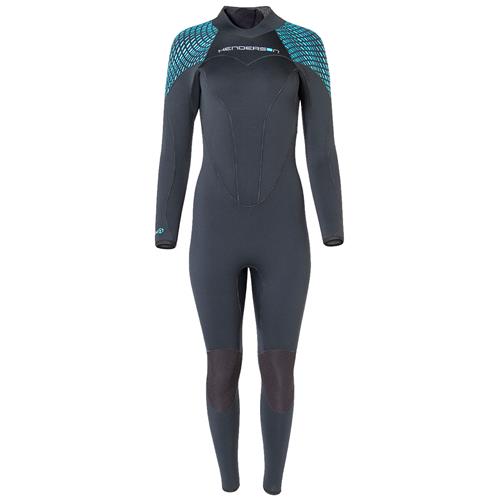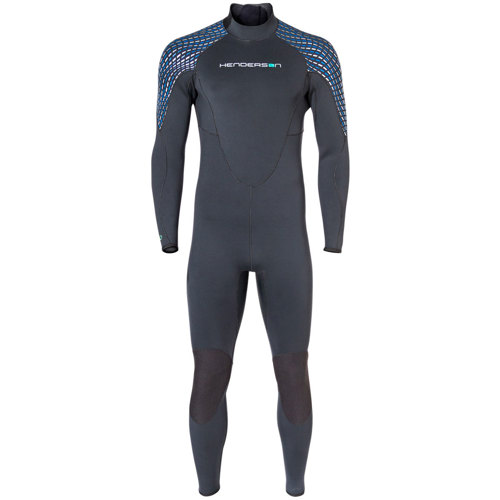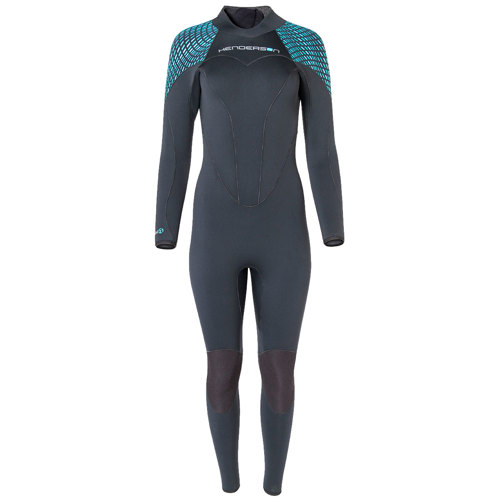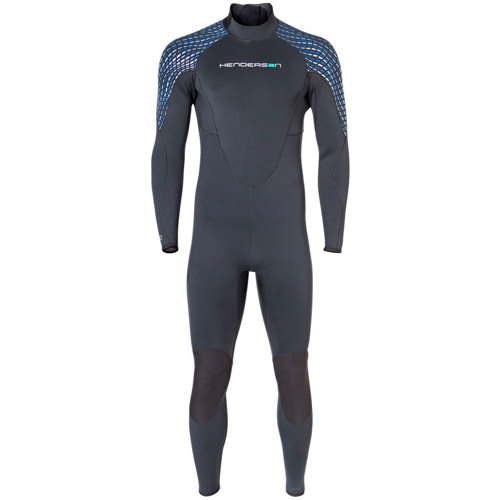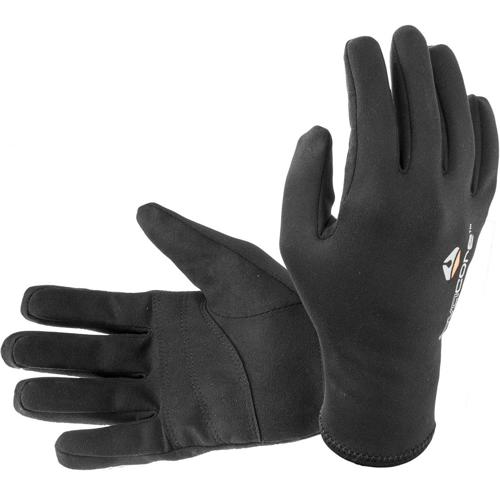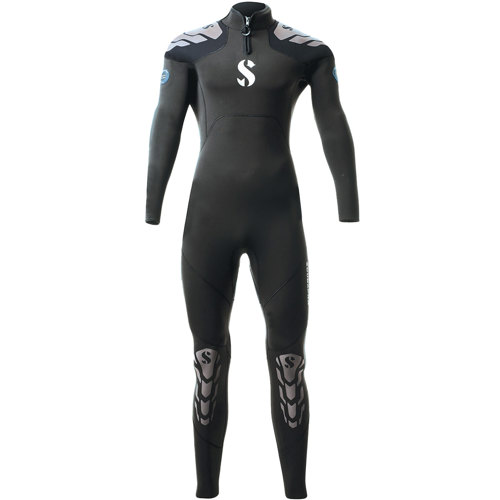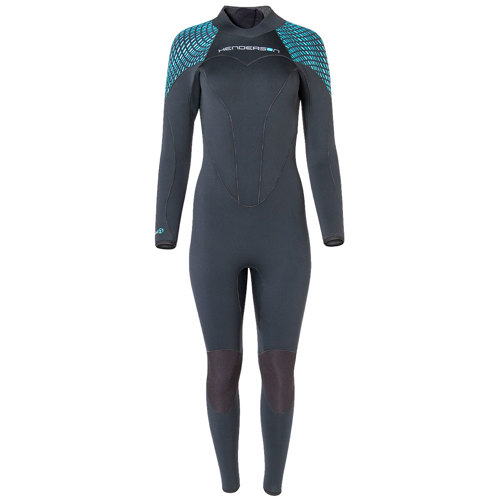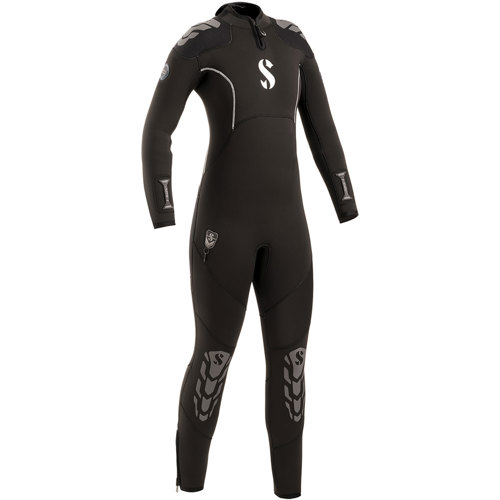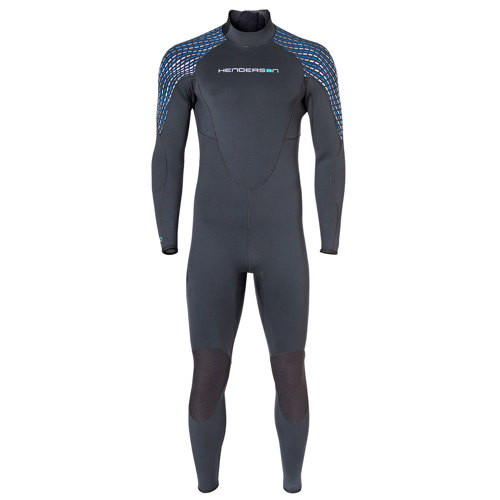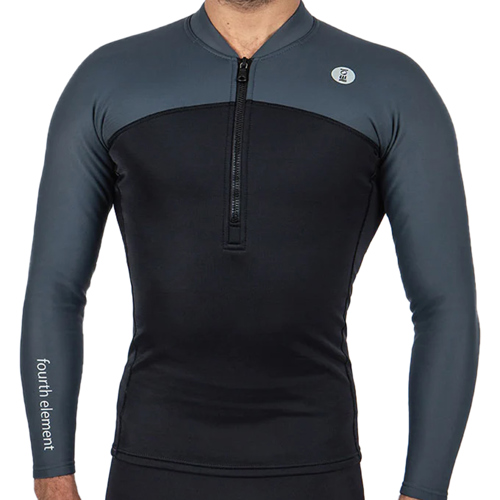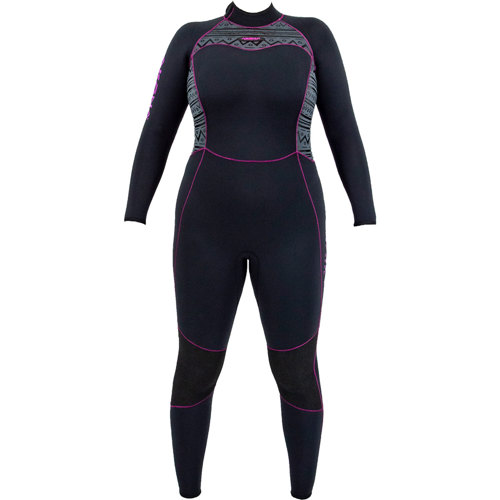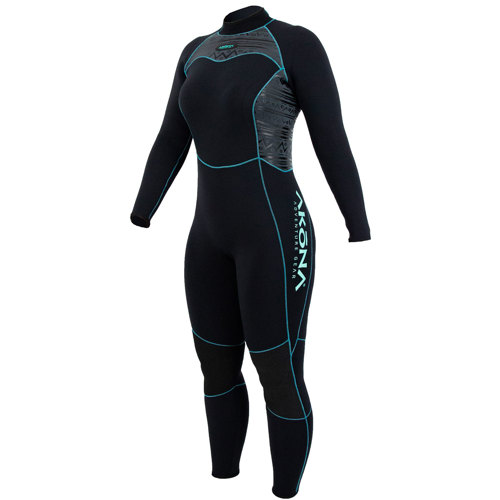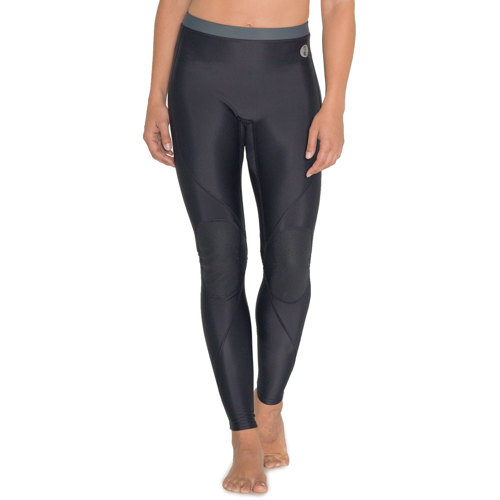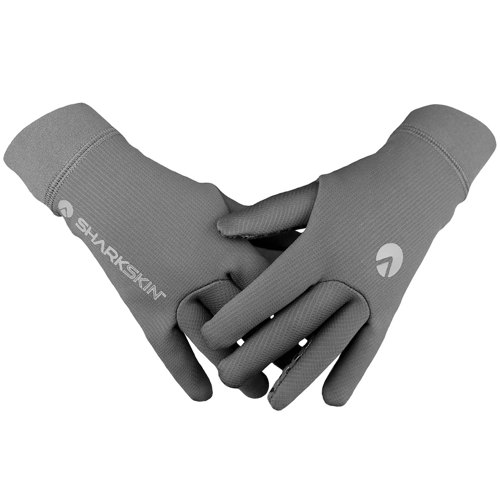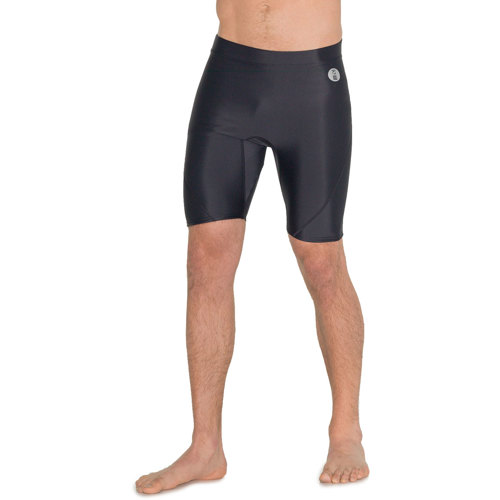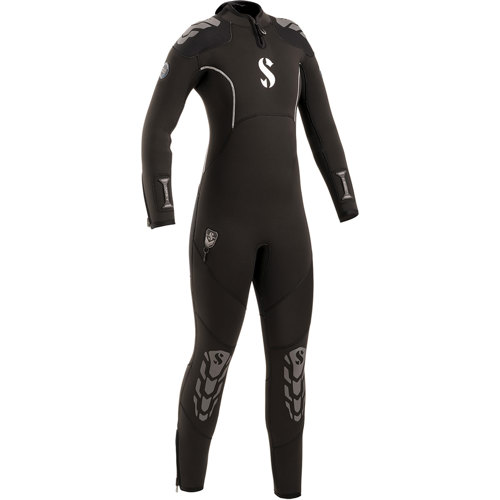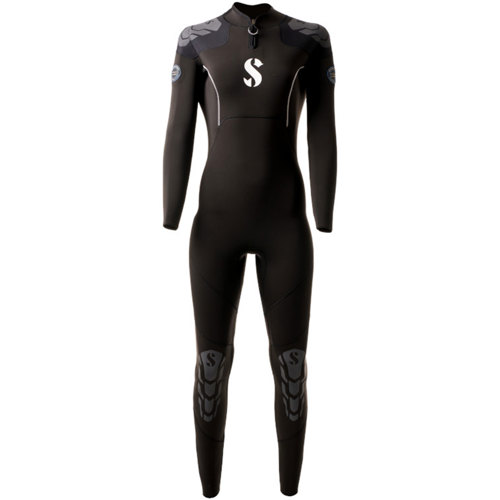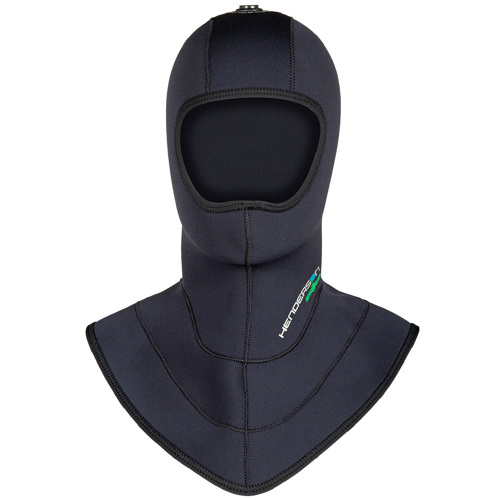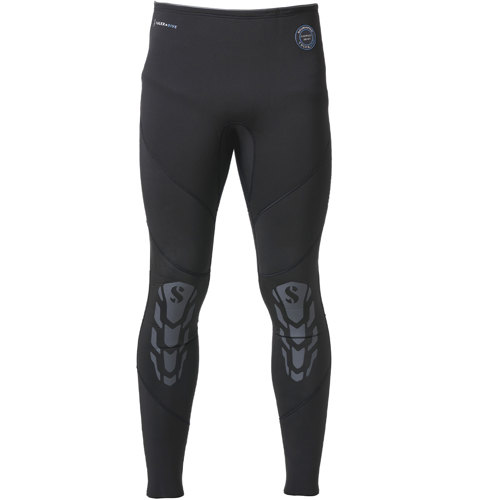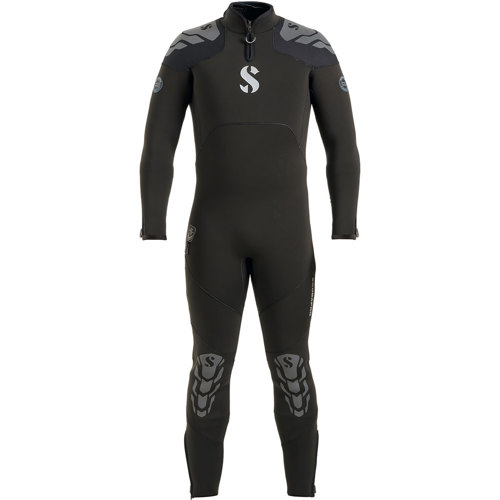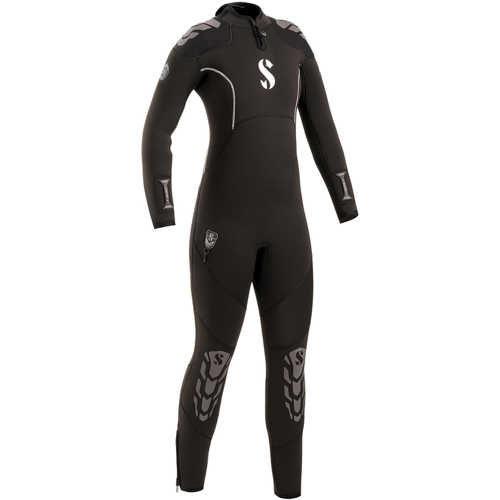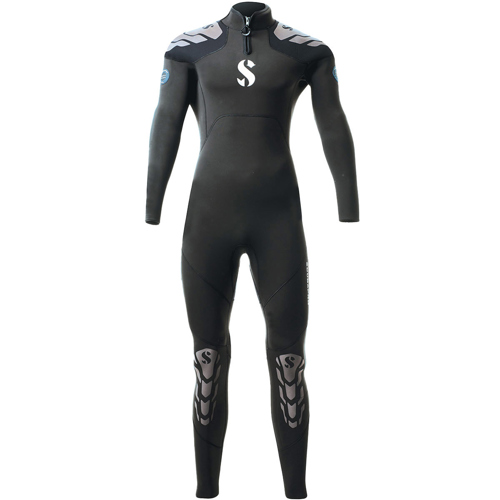As the diving season transitions from the warm embrace of summer into the milder waters of early autumn, many water enthusiasts begin to rethink their gear choices. For those seeking comfort, performance, and a reduced environmental impact, neoprene alternative gear has become an increasingly popular option. Traditional neoprene wetsuits, while reliable, are made from petroleum-based materials that can pose challenges for those with skin sensitivities or environmental concerns. In contrast, alternatives such as natural rubber, limestone neoprene, and advanced breathable fabrics offer a fresh approach to thermal protection and flexibility. These materials are engineered to deliver the insulation and abrasion resistance divers and snorkelers rely on, while also providing improved breathability and moisture management—qualities that are especially appreciated during long surface intervals or in warmer waters where overheating can be a concern.
The evolution of alternative to neoprene wetsuit technology has brought about gear that is not only lighter and more flexible but also better suited for diverse aquatic activities. Breathable, multi-layered fabrics mimic the stretch and thermal efficiency of traditional neoprene, while remaining neutrally buoyant—meaning less need for additional weights during your dive. This is a welcome benefit for underwater photographers, dive instructors, or anyone who spends extended time submerged and wants to minimize fatigue. For eco-conscious adventurers, plant-based materials such as natural rubber significantly lower the carbon footprint, making them a responsible choice for those who wish to protect the very environments they explore. Limestone neoprene, while still resource-intensive, offers increased durability and flexibility, giving your gear a longer lifespan and reducing the frequency of replacements. These innovations are especially relevant as autumn brings cooler breezes and fluctuating water temperatures, prompting divers, snorkelers, and paddleboarders to look for gear that adapts to changing conditions without sacrificing comfort.
Neoprene alternative gear also makes a thoughtful gift for anyone passionate about water sports, whether they are seasoned divers, casual snorkelers, or open water swimmers. For friends or family members with neoprene allergies or sensitivities, these products provide a welcome solution that enables them to enjoy their favorite activities without discomfort. Parents shopping for their children will appreciate the added peace of mind that comes with hypoallergenic and more sustainable materials. As with any technical equipment, proper care is essential to maintain performance and longevity; for detailed tips on maintaining your new gear, refer to our comprehensive guide on
Neoprene Gear Care. Whether preparing for a crisp morning dive, a late-season paddle, or simply seeking a more responsible way to enjoy the water, the latest alternatives to neoprene offer a versatile, high-performance solution for aquatic explorers of all levels.

